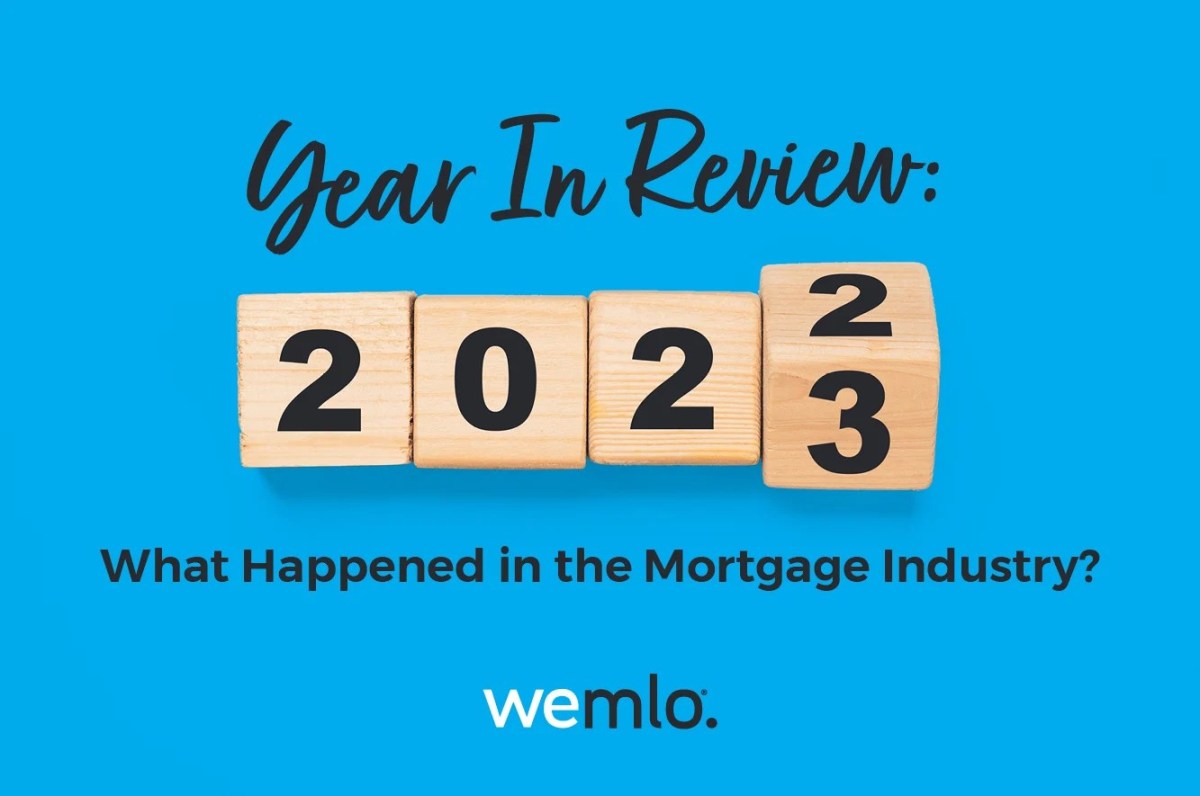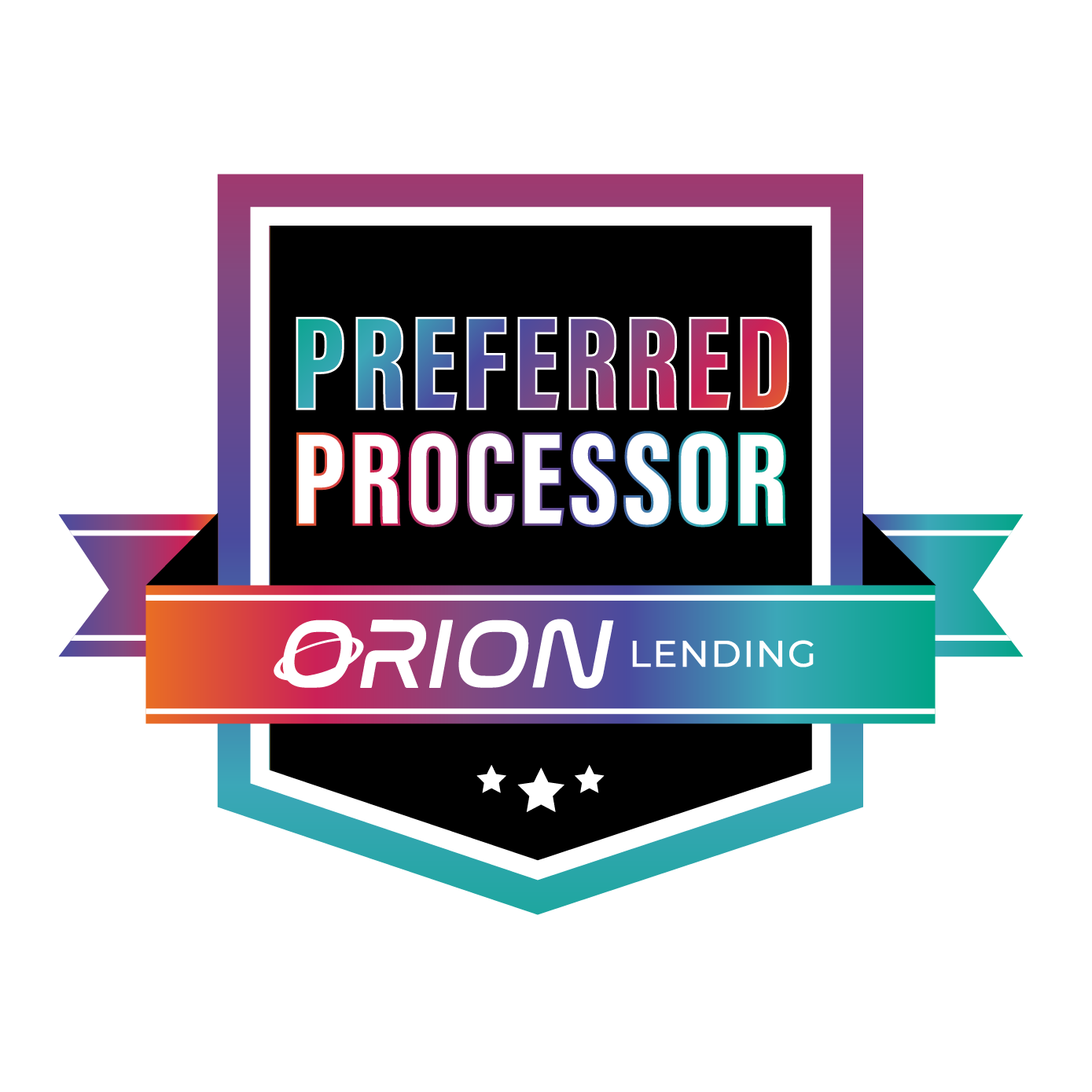2022 Year in Review: What Happened in the Mortgage Industry?

A Quick Recap of Everything You Need to Know
Over the course of the last year, the country worked hard to recover from many initial impacts of the COVID-19 pandemic. Despite the gradual return to some semblance of normalcy, the housing industry was again turned upside-down. From climbing interest rates to stubbornly sky-high prices, here are a few of the phenomena that characterized the 2022 mortgage industry.
Rates Rose
Buyers and MLOs alike begrudgingly waved goodbye to the ever-tempting sub-3% mortgage rates over the past year. The Fed primarily cites rampant inflation, which has reached 40-year highs, for these repeated increases. The justification didn’t soften the blow for buyers, though. Many MLOs had to initiate difficult conversations with clients, explaining what rising rates might mean for their mortgages:
Essentially, if John Doe sought a 4% rate on a 30-year fixed mortgage on a home worth $400,000, he could expect to pay approximately $1,900 (principal and interest) on his mortgage each month. But, with rising rates, perhaps John instead received a 5% rate on that same 30-year fixed mortgage. Suddenly, his monthly payment becomes $2,138. That’s a 13% increase in the payment amount for only a 1% increase in interest.
Understandably, rising rates made achieving homeownership even more difficult for many would-be buyers.
Prices Remained High
Another complicating factor was sky-high prices, which didn’t dip much throughout the year. This is largely due to severely limited supply, which doesn’t quite offset cooling demand.
According to Realtor.com, the United States is short of more than 5 million homes. This figure has grown by approximately 1.4 million homes just since 2019. Experts predict that home completions would need to triple to close the gap within six years.
Of course, with supply consistently low and demand diminishing only slightly, it’s no wonder why sellers reigned supreme for much of 2022.
Millennials Struggled to Achieve Homeownership
The millennial generation has dominated the housing market for the last few years. In fact, between 2019 and 2021, millennials saw the largest increases in homeownership rates of their lifetimes. Stimulus money and record-low mortgage rates both prompted millions of young renters finally achieve the dream of homeownership. This caused the median age of buyers to drop for the first time in almost 10 years.
2022, however, looked a little different. Prices continued to rise, and inventory remained tight. What’s more, pandemic relief slowed significantly, and mortgage rates climbed higher and higher. As a result, the median age of homebuyers abruptly jumped to 53. According to the National Association of REALTORS Ⓡ (NAR), this figure is the highest on record.
Moving forward, MLOs may need to get creative when working with millennial buyers. Special programs, grants, and loan options could make or break homeownership for this demographic.
MLOs Made All the Difference
This year, in a complex and rapidly changing landscape, knowledgeable and effective MLOs made all the difference. Between rising rates and sky-high prices, home finance professionals served as confidants, cheerleaders, and teammates.
Essentially, your job is more important now than ever! So, head into the new year with your usual strength, attitude, and optimism. Your clients will thank you for it!
2022 Year in Review: What Happened in the Mortgage Industry?
As the nation recovered from many of the initial impacts of the COVID-19 pandemic, 2022 proved a whirlwind year for real estate. From steep prices to shifting demographics, unique challenges were sure to arise.
But, by studying and reflecting on these trends, you can better prepare for the new year and a new market. In other words, bring it on!




